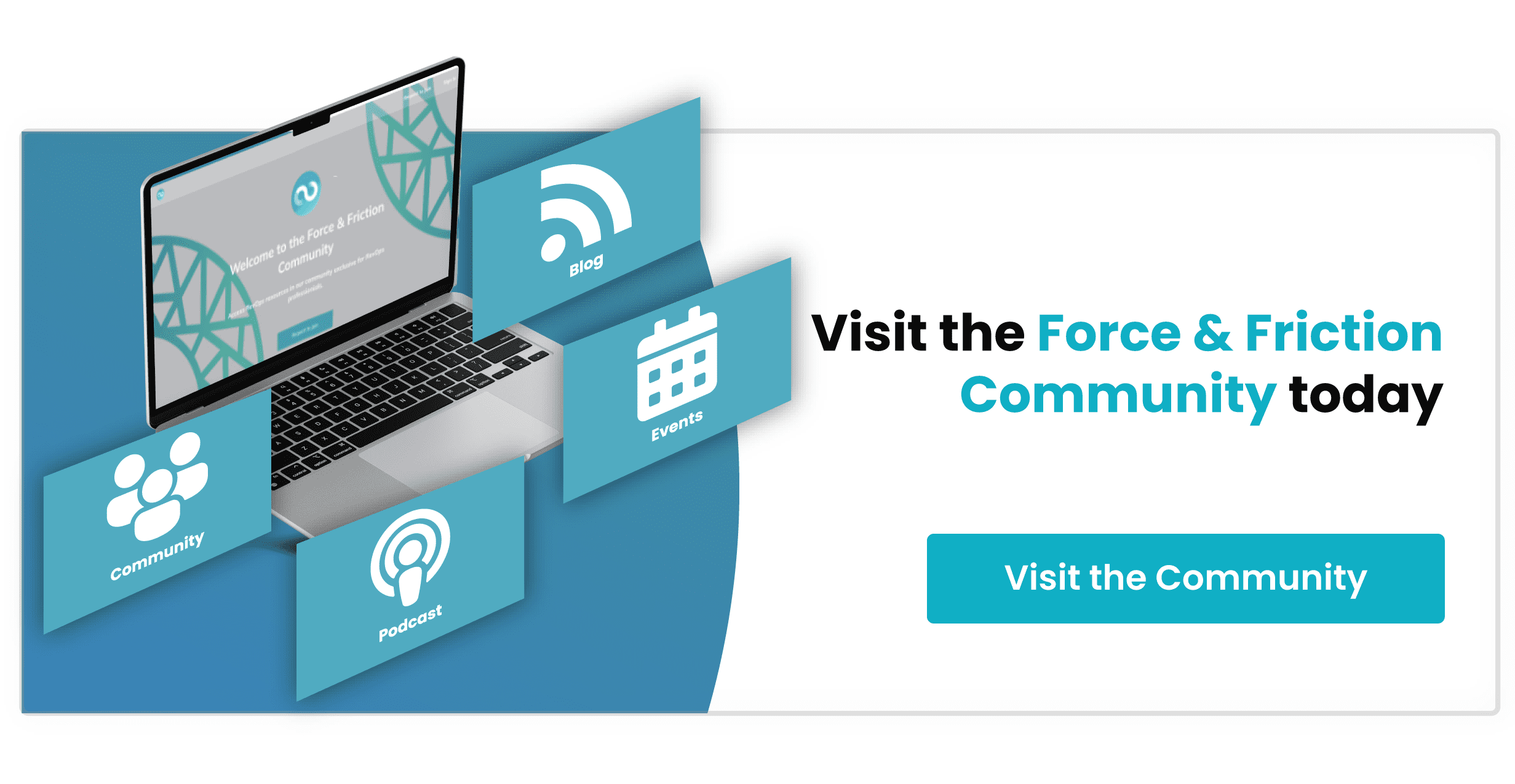
Maximizing Your Revenue Potential: The Power of Continuously Measuring and Optimizing Your Revenue Operations with These 5 Proven Tips | #RevOpsLife
More now than ever…..the world of business we all participate in is constantly evolving, and the demands on leaders that want to stay competitive are increasing, the demands to keep up with the latest trends and innovations are constant.
Since 2016, I have been studying, developing and refining our own agency approach and services to assist leaders to overcome these challenges, today we know these services as Revenue Operations (RevOps) - it has morphed into a powerful approach to maximizing revenue and driving growth, however, it requires ongoing measurement and optimization to achieve its full potential.
To fully realize the benefits of RevOps, I recommend that businesses need continuous measurement and optimization to their revenue processes.
Implementing RevOps is never done… That's the exciting part though and not a negative. With a mindset to constantly measure and optimize, staying ahead of the curve, and driving revenue growth will become habitual.
This means regularly analyzing data, tracking key metrics, and making data-driven decisions to improve performance.
Here are some key steps to help you effectively measure and optimize your RevOps efforts.
1: Establish Metrics and KPIs:
The first step in measuring and optimizing your revenue operations is to establish clear metrics and key performance indicators (KPIs).
These should be aligned with your business goals and should focus on areas like:
-
Revenue growth
-
Customer retention, and
-
Sales cycle length.
For example, your KPIs might include metrics like
-
Lead-to-customer conversion rate,
-
Customer acquisition cost,
-
Customer lifetime value, or churn rate.
By establishing these metrics and KPIs early, you can set clear targets for your revenue operations team and track their progress over time.
Once you have identified your KPIs, create a dashboard that allows you to track them in real time. We use Databox, although you can use tools like Google Analytics or Tableau to create these dashboards as alternatives and ensure that everyone on your team has access to the data they need to track progress.
2: Collect Data:
Once you have established your metrics and KPIs, you need to collect the data you need to measure them.
This might involve using tools like HubSpot’s
-
CRM software,
-
Marketing automation platforms, and
-
Data analytics tools to track customer interactions, website traffic, and other important metrics.
For example, you might use your CRM software to track Customer interactions across different touchpoints, such as
-
Email campaigns,
-
Social media interactions, or
-
Phone calls
-
Website page visits
-
Sales document consumption (time on documents by page)
By collecting this data, you can gain insights into customer behaviour and identify areas for improvement.
Once you have identified your sources of data, create a process for collecting and storing the data.
For example, you might use an integration tool like HubSpot operations Hub or Zapier to automatically pull data from your CRM into your data warehouse.
Make sure that your data is clean and accurate so that you can trust the insights you gain from it.
3: Analyze Data:
Once you have collected the data, it's time to analyze it to gain insights and identify areas for improvement. This might involve using
- Data visualization tools,
- Dashboards, or
- Other analytics tools to track performance, identify trends, and make data-driven decisions.
For example, you might use a dashboard to track
-
Your lead-to-customer conversion rate over time and
-
And identify which marketing campaigns are driving the most conversions.
By analyzing this data, you can make informed decisions about which campaigns to invest more resources in and which ones to cut back on.
Once you have your reports and visualizations, analyze them to identify patterns and trends in your data, you might notice that your churn rate is increasing over time and that this is related to a specific product or service.
As a team you can then with confidence, use these insights to make data-driven decisions about how to improve your business.

4: Make Data-Driven Decisions:
Once you have analyzed the data, it's time to use it to make data-driven decisions. This might involve adjusting
-
Your marketing strategies,
-
Optimizing your sales processes, or
-
Making changes to your product offerings based on customer feedback.
For example, if your data shows that your customer acquisition cost is too high,
- You might decide to invest more in organic search marketing or influencer marketing.
Implement your plan and track the results.
-
If the results are positive, continue to invest in those strategies.
-
If the results are negative, go back and revise a new plan based on what your data is saying.
By making data-driven decisions, you can optimize your revenue operations and improve your bottom line.
5: Continuously Optimize:
The final step in measuring and optimizing your revenue operations is to continuously optimize your processes based on your data and insights.
This means monitoring your metrics and KPIs on an ongoing basis, making adjustments as needed, and constantly looking for ways to improve your processes.
For example, you might use A/B testing to
-
Compare the performance of different landing pages or
-
Email campaigns and make changes based on the results.
By continuously optimizing your processes, you can stay ahead of the competition and drive long-term success.
To continuously optimize your revenue operations, start by creating a culture of
-
Experimentation and continuous improvement.
-
Encourage your team to try new things and take risks, while always measuring the results.
-
Use A/B testing to test different variations of your marketing campaigns,
-
Landing pages, or product offerings.
Another great source is to use customer feedback to identify areas where you can improve your product or service. Continuously monitor your KPIs and adjust your strategy based on the results.
By regularly analyzing your data and metrics, you can also identify areas where your revenue processes can be improved, including streamlining your sales cycle, optimizing your pricing strategies, or improving your customer retention rates.
Other benefits to focus around are:
Improving Your Efficiency:
-
By continuously optimizing your processes, you can improve efficiency and eliminate waste freeing up time and resources for more strategic initiatives that drive revenue growth.
Maximize Revenue:
-
By measuring and optimizing your RevOps efforts, you can maximize revenue and profitability by adjusting your pricing strategies, improving your cross-selling and upselling tactics, or focusing on high-value customers.
Stay Ahead of the Competition:
-
By continuously optimizing your revenue operations, you can stay ahead of the competition and respond quickly to market changes, helping you maintain your competitive edge and drive long-term success.
Common Mistakes to Avoid
While continuously measuring and optimizing your revenue operations can be extremely beneficial, there are some common mistakes recommend you look to avoid:
Not Defining Your KPIs:
Without clearly defined KPIs, you won't know what to measure and won't be able to track your progress. Take the time to identify the KPIs that are most relevant to your business and establish a baseline so that you can track changes over time.
Collecting Irrelevant Data:
Collecting data is important, but it's equally important to make sure that you are collecting the right data. Ensure you focus on collecting data that is relevant to your KPIs and avoid collecting data that is not useful or actionable.
Not Analyzing Your Data:
Collecting data is only the first step. If you're not analyzing your data and using it to inform your decisions, then the reality is what's the point? You are 1000% missing out on a valuable opportunity to improve your business performance and serve your customers better.
Making Decisions Based on Gut Instinct:
While experience and intuition can be valuable, it's important to base your decisions on data whenever and wherever possible. Making decisions based on gut instinct or anecdotal evidence can lead to suboptimal outcomes and these can be costly, drain resources and set you back in your growth journey.
Not Continuously Optimizing:
Finally, it's important to remember that optimizing your revenue operations is an ongoing process. Remember I said at the top of this article it's never done…. Don't fall into the trap of thinking that you can set it and forget it. It is essential that you allocate the right resources to ensure you can continuously monitor your KPIs, experiment with new strategies, and adjust your approach as needed to ensure that you are always moving in the right direction.
In conclusion, continuously measuring and optimizing your revenue operations is essential for any serious business looking to drive growth and maximize revenue.
So, start measuring and optimizing your RevOps efforts today, and see the impact they can have on your business. Trust me, they will be significant once you make the first step and commit to Revenue Operations.






%20-%20Teal.png?width=500&height=130&name=Force%20%26%20Friction%20-%20Branding%20-%20Logo%20(White)%20-%20Teal.png)